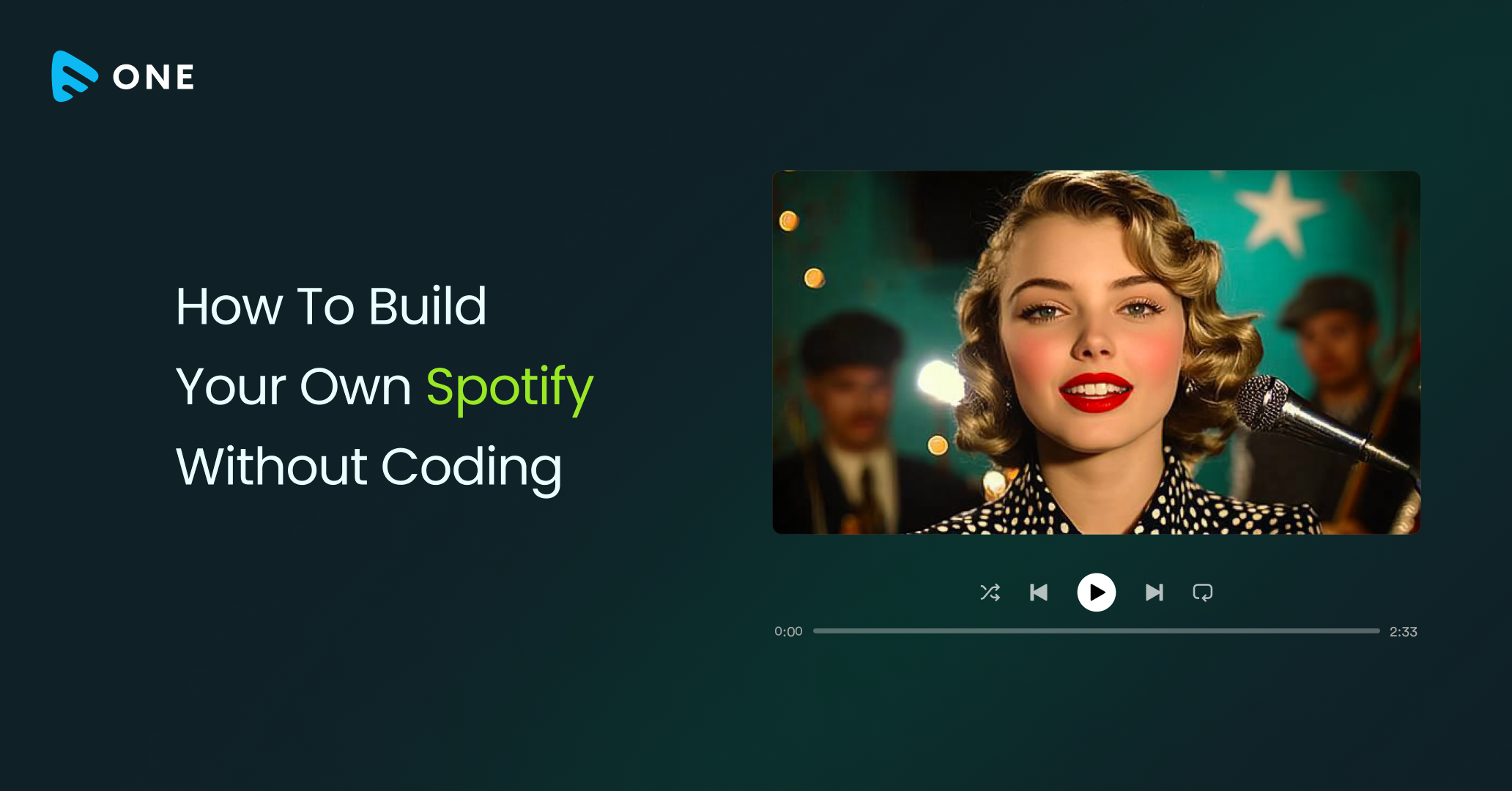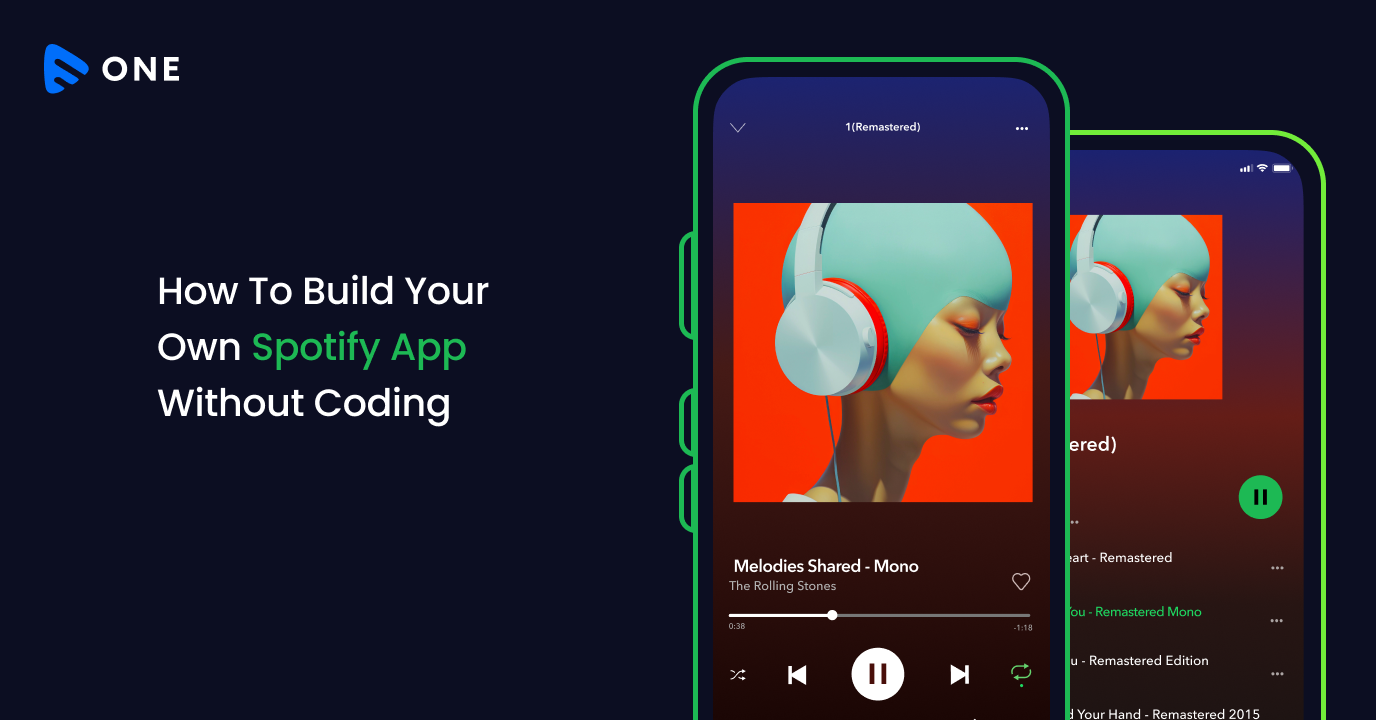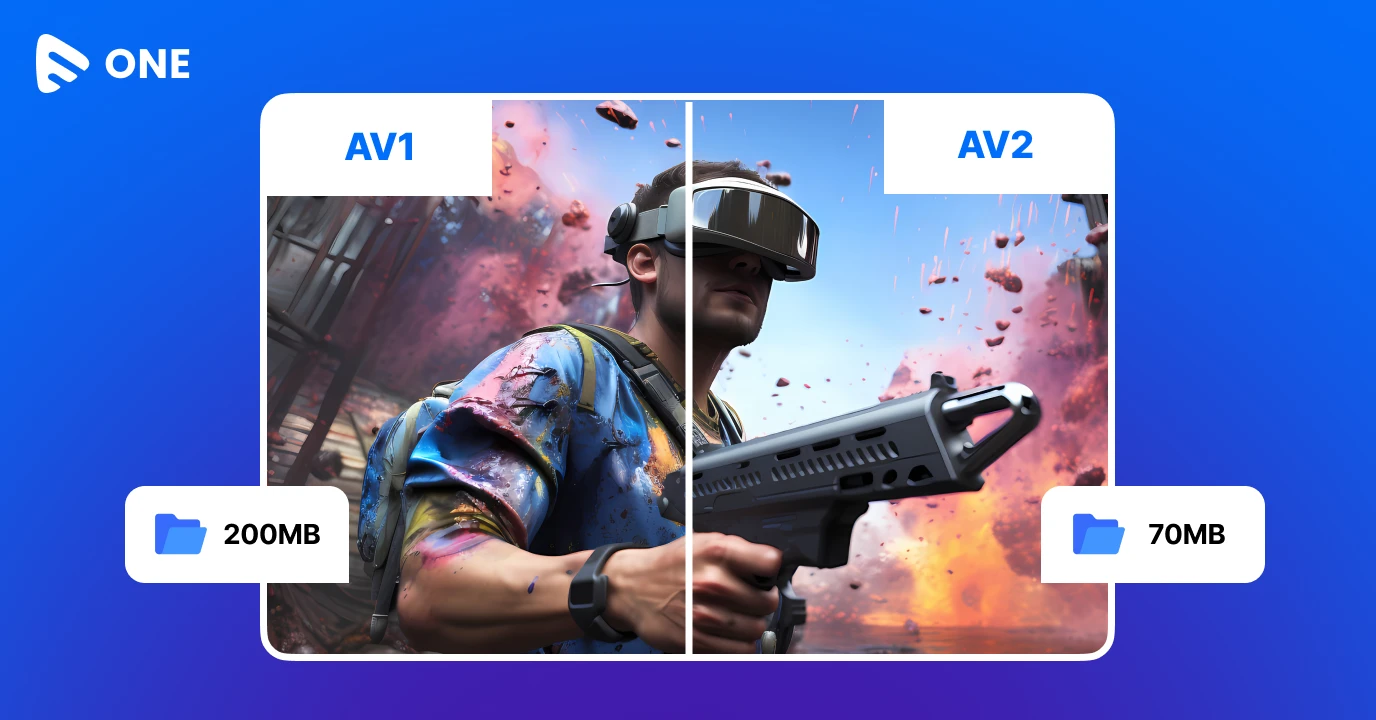Spotify has become a household name in the music streaming world. With more than 626 million monthly active users, the music streaming app has overtaken the online entertainment industry. You, too, can create your own music streaming app—your own version of Spotify—with no coding and technical knowledge required.
In this blog, we will introduce you to the right tools & technology, and walk you through how to build your own Spotify using a no-code OTT solution. Stay tuned and by the end of this, you’ll be able to launch your own music streaming app like Spotify.
Build a Music Streaming App Like Spotify Instantly – No Coding Needed. Click Here to Get Started!!
The Rise of Audience-Centric Music Streaming Industry
Before you build your own Spotify app, you need to address a few customer-centric questions. Whether your music streaming app will make it big depends on what your customers are looking for.
Since users are willing to spend $10 per month on music, they definitely have a thing or two to consider while evaluating and choosing, and before making a payment for the subscription.
There are many popular music streaming services around the world currently, such as Spotify, Apple Music, Rhapsody, Google Play Music, Tidal, Xbox Music, Deezer, Napster, etc. They may seem pretty similar in terms of monthly subscription charges, unlimited streaming, multi-device support, etc., and therefore can be tough for users to decide which one to pick. However, with Free Your Music you can seamlessly move music and maintain your library in sync, making it easier to enjoy your favorite tunes wherever you prefer.
In such cases, we highly recommend serving what your users are looking for. Before you start the development of your Spotify-like music streaming platform, conduct an insightful market survey. Understand the gaps between user’s needs and the music streaming app’s features. Analyze your competitors and find out what can be done better.
The only way to beat the competition is by offering audience-centric music streaming features. Spotify did the same by listening to its audience. If you also want to go as big as Spotify, then customize your audio streaming services and features as per the end-user’s need & convenience.
Going forward, let’s understand the complete process of how to build your own Spotify without any coding.
How To Build Music Streaming App Like Spotify Without Coding- A Step-by-Step Guide
After doing the initial market survey, prepare a blueprint for your music streaming business. Identify the pain points of music listeners and the differentiating factors that would make your app special and user-friendly. Before you build your own Spotify, make sure you have all the data ready on the board.

Step 1: Define your Target Audience
The music streaming business is quite lucrative but that’s not reason enough to be spending all you have for developing a killer application. You need to study who your target customers are, define the buyer persona, and accordingly start creating your own music streaming app like Spotify.
Explore your audience’s music streaming genres, their behavior, and the preferred devices like smartphones, laptops, tablets, etc used for music streaming.
Step 2: Music Streaming Licensing
Music Licensing is a very niche and protected business space where entry barriers are quite high. It’s very tricky to get a reasonable quote for certain music streaming rights. Licensing will directly implicate the volume and quality of your music catalog, and thus, is the most crucial component of your acquisition budget.
There are different music licensing bodies across the world. In the U.S. audio license is called Public Performance Rights and is handled by The American Society of Composers, Authors and Publishers or Broadcast Music Incorporated. In Europe, it is dealt with by the European Stage Authors and Composers.
Step 3: Get Started With Muvi’s No-Coding OTT Setup
Muvi One is an all-in-one, no-coding OTT platform that allows you to build music streaming app like Spotify instantly. The ready-to-use streaming architecture is inclusive of everything – cloud storage & hosting, multiple CDN integrations, Online media player, monetization, payment gateways, analytics, content security protocols, and more.
Simply sign up for Muvi One, choose your subscription plan, enter the domain name you want, and start building your own music streaming app like Spotify. The no-coding interface makes it completely easy and hassle-free.
Build Your Own Spotify Instantly – Take a 14-day free trial to test the no-coding music streaming solution.
Step 4: Configure Your App’s User Experience and Features
Muvi One’s admin panel provides you with complete control over your music streaming platform. You can choose from pre-designed themes or customize your own layout. Add your logo, colors, and other branding elements to establish your brand identity.
Upload your music library, create genres & categories, enable search functionality and monetization options for end-users. You can also integrate necessary third-party tools via APIs.
Step 5: Launch Your Music Streaming App on iOS and Android
To build your own Spotify, you need to have mobile apps on both iOS and Android ecosystems. Muvi One allows you to create and launch your own music streaming app instantly without writing a single line of code.
Once your Spotify-like music streaming app is launched, make it live on the App Store and Play Store, allowing your users to download and stream music online.
Essential Features To Enable On Your Music Streaming App
When building your own music streaming platform like Spotify, it is very important to integrate advanced streaming features that would enhance the user experience of your app. Let’s look at the critical attributes that you must consider including.
User Registration
A user cannot be an alien; they must be authorized on your system. You must have their basic information, and credentials using a registration or sign-up process. However, it should not be a pain for them; make it an effortless process by using an email authenticator or social media sign-in.
Music Recommendations
To help your users find the perfect music for their moods and activities, suggest relevant music albums using an AI-powered recommendation engine.
Social Media Integration
Let your users follow their favorite artists, add friends, and engage with them. Let them share songs and highlight favorite tracks on a social feed.
Push Notifications
The way it works now is that people want news from their favorite sources. In a social community-based app, this is how content can be spread and you can receive more hits. Push notifications are a good way to promote such user engagement in the feeds.
Playlists & Queues
Allow your listeners to create personalized playlists or be able to edit default playlists by easily enqueuing tracks of their choice.
Offline Streaming
Users always prefer an uninterrupted streaming experience. Factors such as poor internet connectivity or improper bit-rate management are hindrances in the way of providing seamless music streaming. So, when you build your own Spotify app, make sure to enable offline streaming or a download option using which your users can listen and enjoy their favorite music without internet.
Build Your Own Spotify With Muvi One Today
So, are you ready to build your own Spotify? With Muvi One, you can get started today and turn your vision into reality. Muvi One is an end-to-end platform that enables you to build music streaming platform like Spotify, with custom branding, seamless functionality, and all the features your audience expects—without any technical or coding expertise.
Muvi One provides everything you need to build your own Spotify. From cloud hosting and global content delivery networks to user-friendly apps across multiple platforms and a robust content management system, you have complete control over your music streaming app’s design, functionality, and content. Muvi One also offers personalized playlists, seamless playback, and subscription options to captivate your audience.
Don’t let technical barriers hold you back—Muvi One, being a no-coding OTT platform, simplifies the process so you can focus on your music and audience. Start building your own Spotify today with Muvi One and step into the world of the music streaming business.
Take a 14-day free trial today and build your own Spotify. No credit card required. Sign up now!!!














Add your comment